
Blog > Automation > 5 Reasons to Use an Electronic Circuit Protector
5 Reasons to Use an Electronic Circuit Protector
3/9/21 | Scott DeVost, Rexel Technical Consultant

Blog > Automation > 5 Reasons to Use an Electronic Circuit Protector
3/9/21 | Scott DeVost, Rexel Technical Consultant
In this post, we’ll go through three reasons why you should protect your 24 volt DC loads with an electronic circuit protector (ECP).
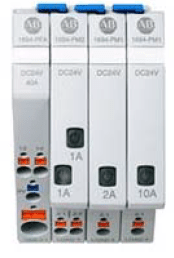
The Bulletin 1694 electronic circuit protector from Rockwell Automation® is designed to work and protect 24 volt DC loads. It provides better protection for the loads because it has been designed specifically for this purpose. The electronic circuit protector can sense a fault quicker than a fuse or a miniature circuit breaker. Because the 24-volt power supply may not be able to provide the infinite current that is typically needed for a circuit breaker or a fuse to sense a short circuit, the trip may take longer. In an overload condition between 100 and 130 percent, the circuit breaker will take an extended amount of time before it trips, which may result in equipment damage. The electronic circuit protector will trip in 3 seconds when the condition is at 105 percent. Fuses and circuit breakers were designed to work in higher voltage AC conditions, but some may also be used in DC applications. They were not designed specifically for DC voltage like the electronic circuit protector.
Class 2 protection is a requirement for many sensitive electrical components. The requirement is on the product label or manual. Article 725 of NFPA® 70 requires that low voltage DC circuits have a maximum power potential limited to 100VA. The National Electrical Code (NEC) doesn’t consider using a fuse or miniature circuit breaker to limit to 100VA as acceptable, and not all 100VA or less power supplies are rated as Class 2 protection devices. Using the 1694 electronic circuit protector with the Class 2 option will not limit the selection of the power supply to a class 2 only to provide the class 2 protection. You can also use a larger power supply and distribute the power to your class 2 loads as needed. In fact, the feeder modules can accept up to 40 amps from a power supply that can be distributed over the backplane to the protective modules. The power is distributed by the blue-hinged connectors that snap into place once the devices are mounted next to each other. Below is information on some of the products that require class 2 protection on their labels.
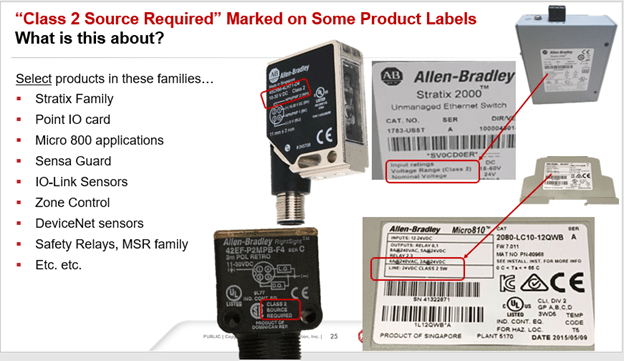
The ability to reset after a fault is a feature that the electronic circuit protector shares with a circuit breaker. The IO-Link version will allow you to perform a remote reset that can’t be done with a circuit breaker. The electronic circuit protector also has a multicolor LED that will allow you to visually inspect if the load is ON (green), close to an overcurrent condition (yellow), or tripped (red). The LED is also a button that allows you to re-set the device.
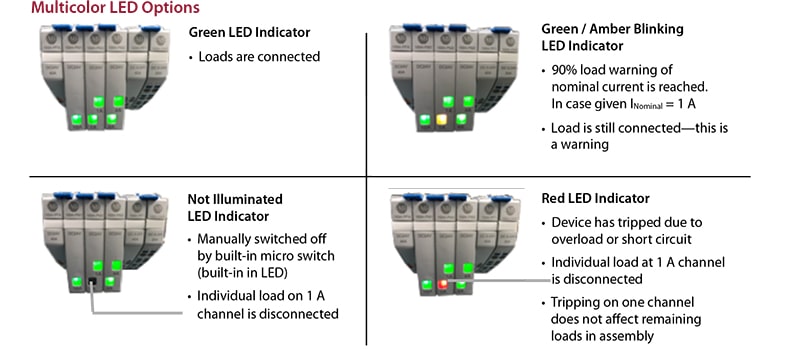
There is now a new protective module that allows you to manually set the current setting in 1 amp increments from 1 to 10 amps. This allows you to purchase one part number and configure it in the field to meet your requirements. This flexibility is something that is unique to an electronic circuit protector that can’t be done with a fuse or circuit breaker.
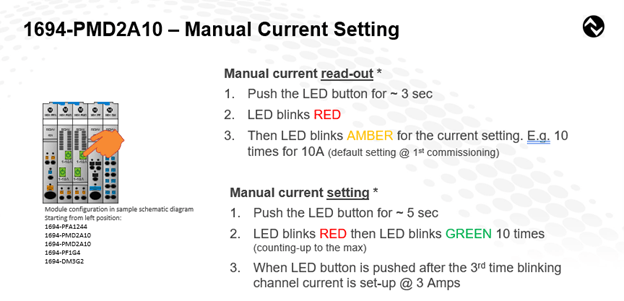
Using the available add-on profile for Studio 5000® environment, you will be able to create an (ASN) where you can give the device a unique name to help identify it in the future. You have access to real-time data by means of constant communication and the ability to use trending information to do preventative maintenance. You can do a remote reset of the device, monitor the supply voltage, current and voltage in each channel, value of trip counter, and last trip type of each device. You can configure how the device will behave if communication is lost, set warning limits, trip current, and PLC control. The IO-Link option requires the IO-Link feeder module as well as IO-Link specific protection modules.
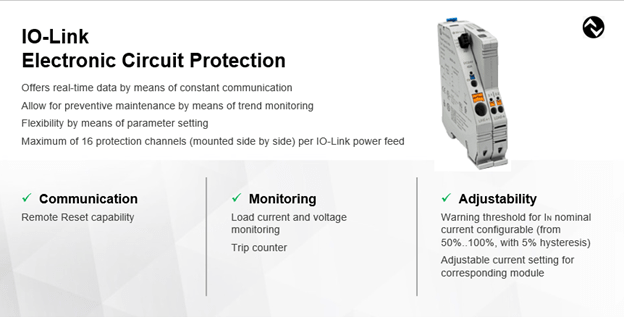
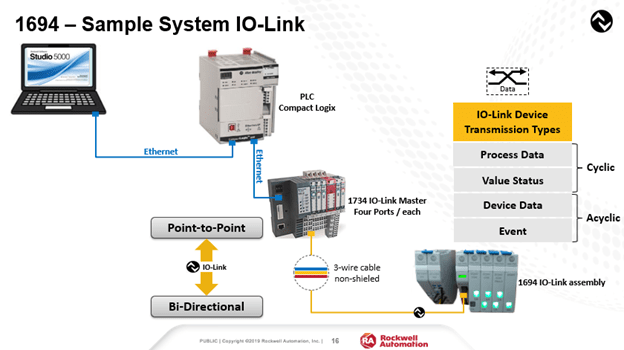
These are just five reasons why you should consider using the new Allen-Bradley® 1694 electronic circuit protector (ECP) to protect your 24 volt DC loads. To learn more about the benefit, contact us today!
All images are © Rockwell Automation